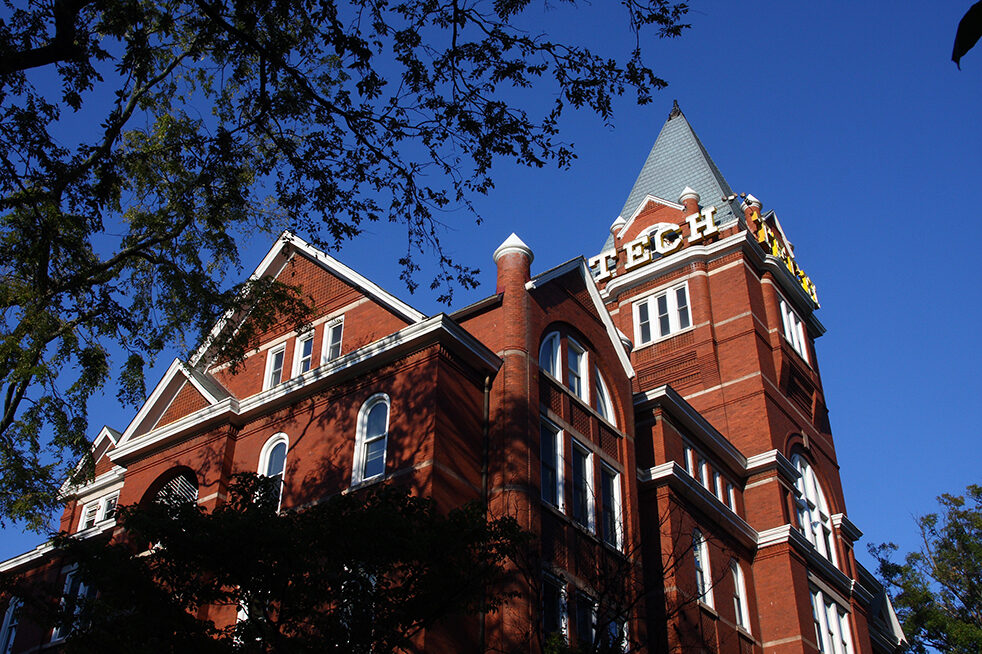Like most kids, I imagined an artist’s life to involve late mornings full of coffee and poetry, and late evenings spent hammering away at a typewriter under the influence of incense or wine.
Now, as a 20-year-old beginning to explore the real writing world, I know that this image of the artist is a fantasy, and you probably do as well. In reality, becoming an artist can be scary, isolating and demoralizing.
But let’s not be too dramatic — it can also be freeing, rebellious and invigorating too. It is just that today’s world, especially when compared with the importance of plays in Ancient Greece or of entertainment in medieval French courts, does not prioritize art as much as it should.
It’s simply hard to make a living off of creativity. In the age of the product, where goods are more than ever before pigeonholed, mechanized and designed to be sellable, artists have also felt the pressure to make their art more commercial.
We have seen in recent years a striking rise in the number of online sales for independent artists. Global online art sales amounted to approximately 4.82 billion U.S. dollars in 2019, which is four percent higher than the previous year. 1.2 million artists hold a primary job in another cultural occupation, meaning that their art is not the main source of their income.
Most importantly, the median income for artists based on a study done by The Creative Independent was $20-30K per year compared with the average American median of $58K. Interestingly (but not surprisingly), male-identifying respondents had a higher median yearly income of $30-40K, while female-identifying and non-binary identifying respondents shared the median yearly income of $20-30K.
I would argue that artists are profoundly exploited. We have heard over and over the excuse that low wages are justifiable if passion for the art exists, but this is yet another tactic of exploitation by commercial systems that would rather keep money than pay artists liveable wages.
The commercial merit of a piece of art, whether it is a painting, a song, a story, a choreography or a design, is decided by gatekeepers at the top of the social pyramid.
We exist within a system of racial capitalism, where structural barriers limit the ability of some to pursue the freelance or self-employed lifestyle. The art world is definitely not an equal playing field and is mired in the racial and economic injustice we face in all other spheres as well.
Our lives have been totally commercialized and categorized, but our art does not have to be subjected to the same trends. There are drawbacks to making your art the primary source of your income in such a world. We risk selling out when our job is to please the consumer.
There is something to be said for holding down a job that has nothing to do with our art, and saving the creative juices for free — and literally unpaid — hours. I think this is an especially viable option for people who are not in top economic classes already — those who do not have a family inheritance to live off of and those who worry about each paycheck.
These people are no lesser artists, and in fact I’d argue that the creative instinct is often purer when removed from the commercial world. We do not have to merge careers with art, but we can if this feels best for us. This issue of art within the constraints of a heavily capitalist society does not really have a solution.
If anything, it opens the door to those annoyingly unanswerable questions your humanities professor asks: what is true art? Does getting paid lessen the purity of the art? Should art be as funded as STEM fields?
We have seen technology blend with art in fascinating and awe-inspiring ways.
This merge is new and exciting, but I think we also have to look out for artists who don’t bring, say, robotics into their paintings, the way we support scientists who do not bring impressionism into their chemistry experiments.
I think the ultimate point is not to label, categorize or pigeonhole. We can be artists any way we want to be.
This is the ultimate rebellion against a “productivist” world in which artists struggle to coexist with capitalism.
